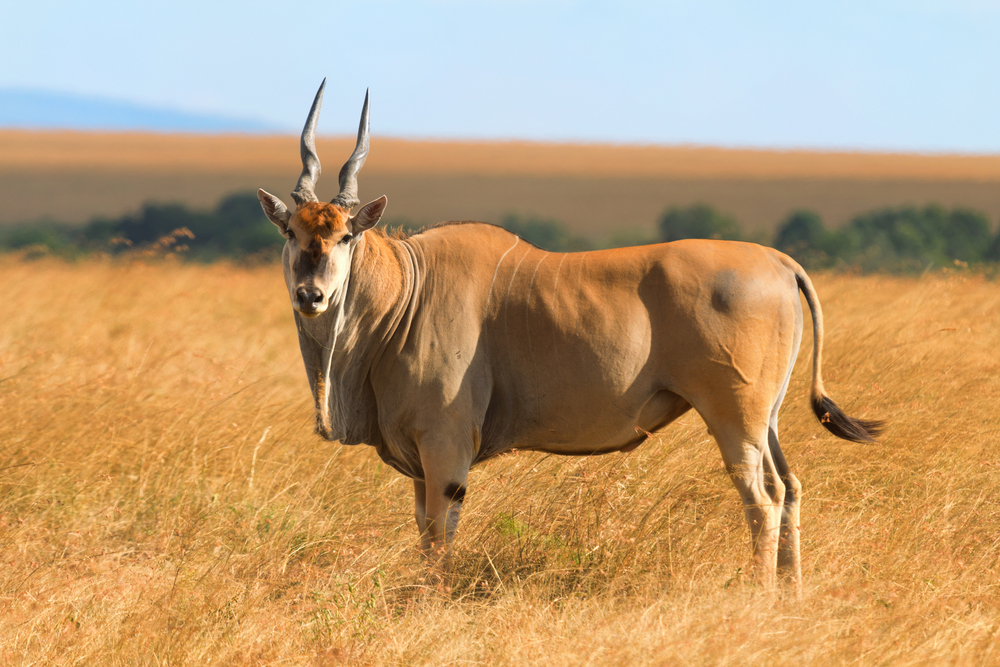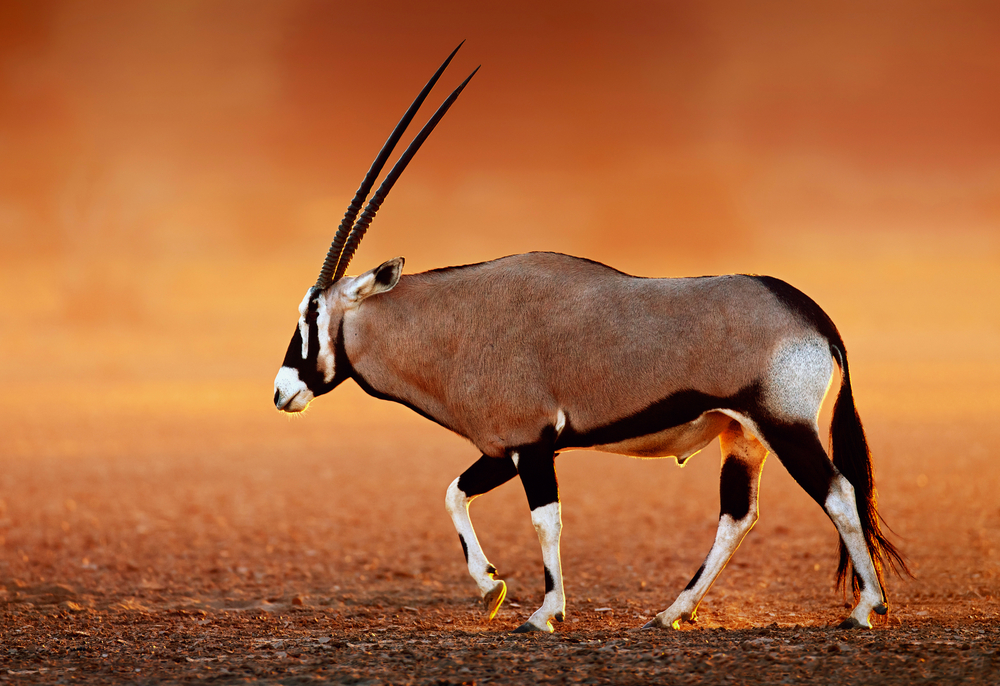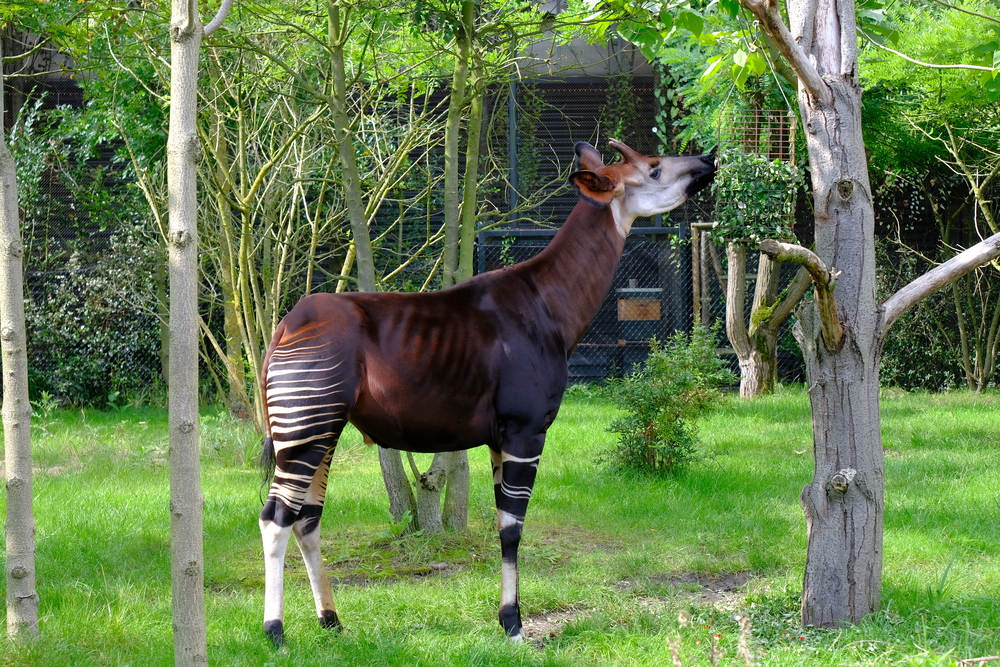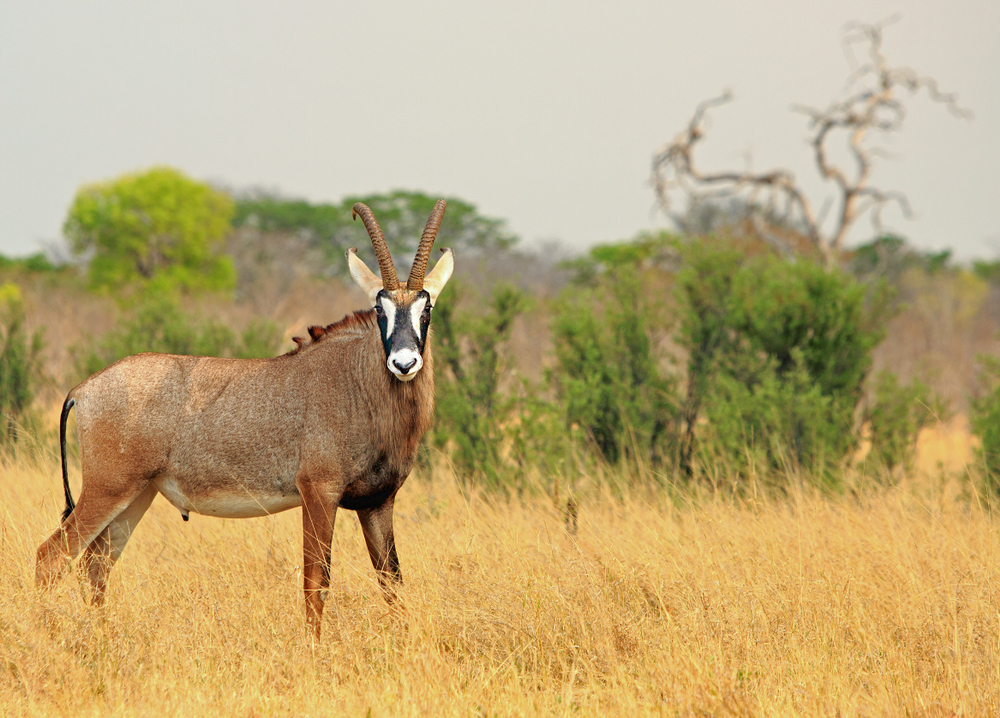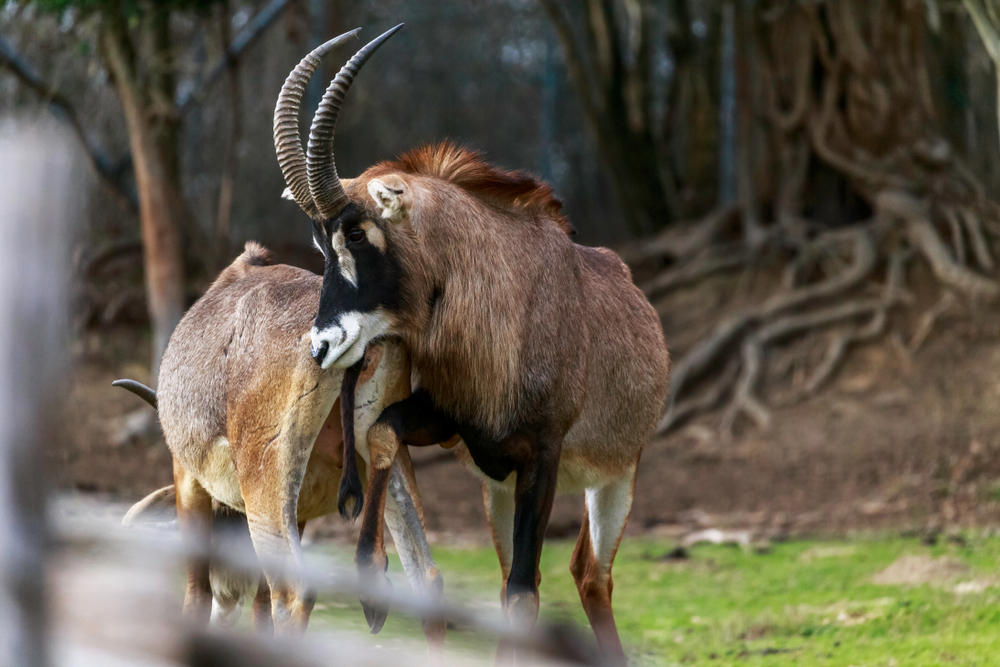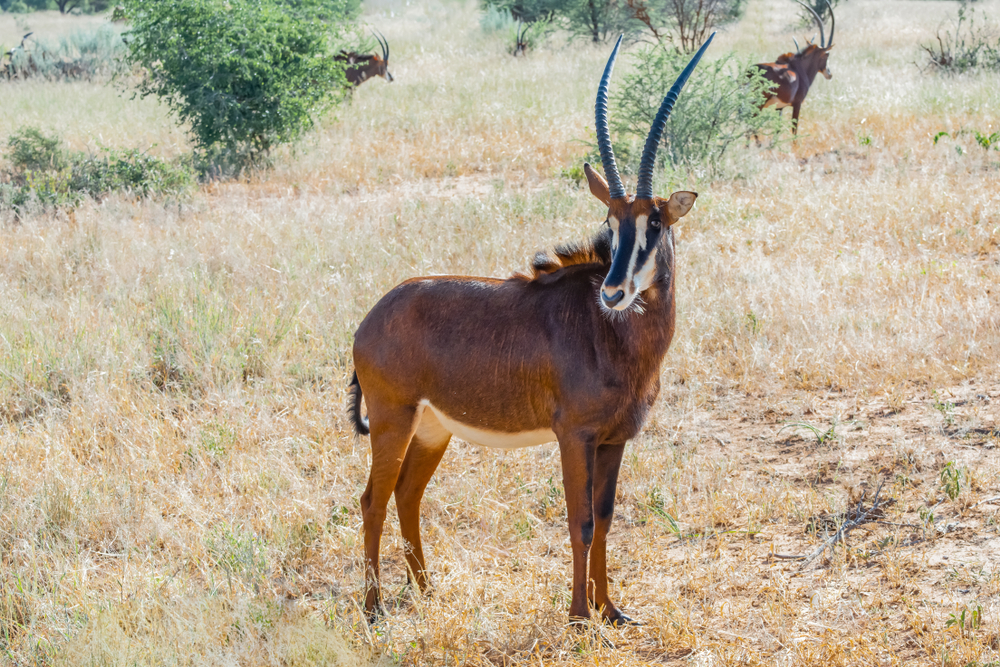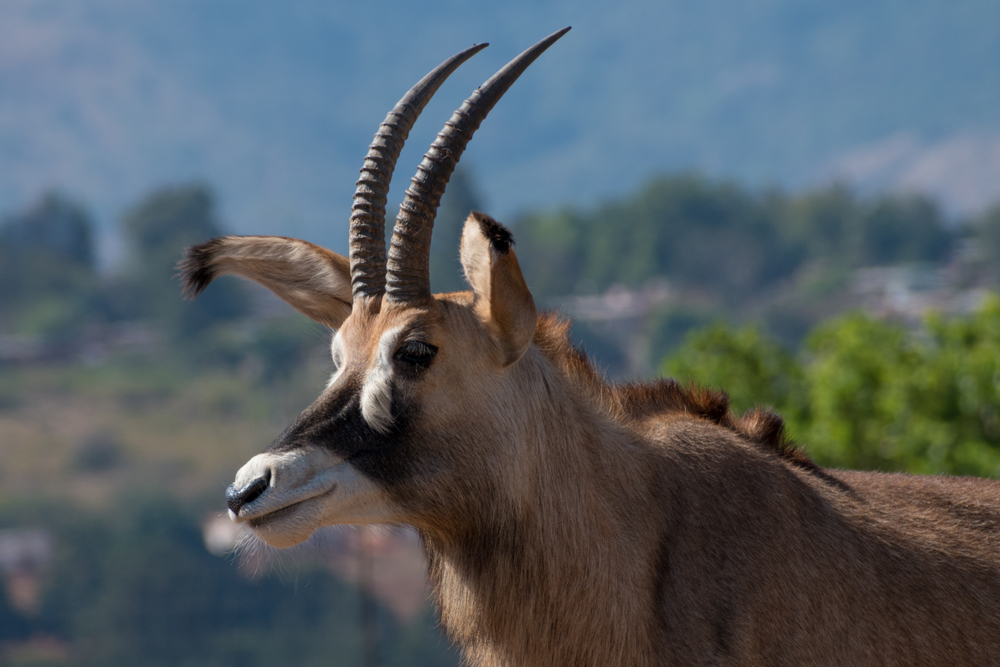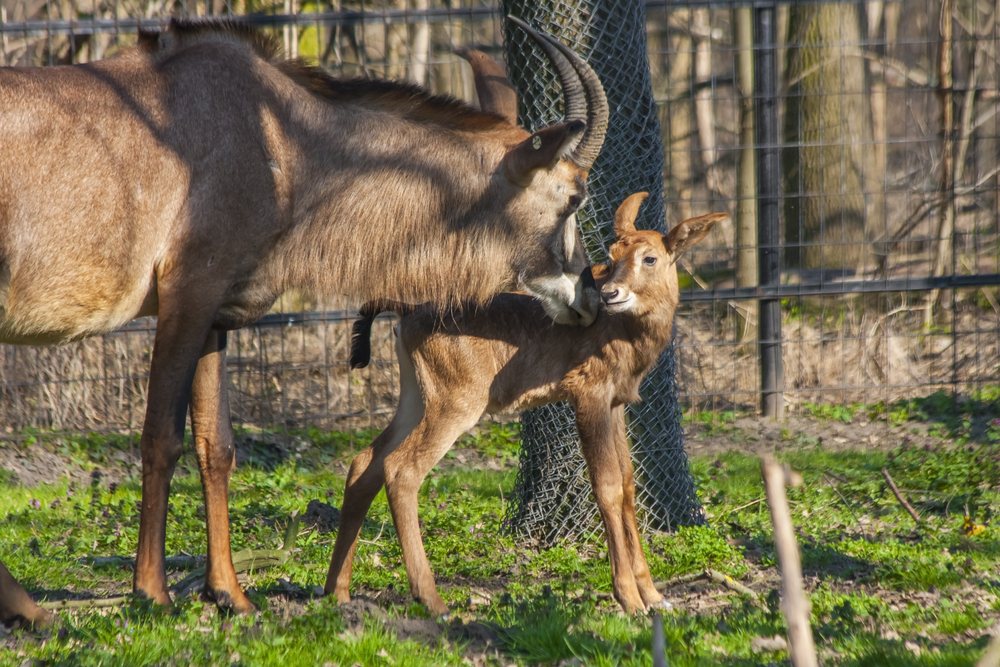Roan antelopes, while sharing some similarities with other antelope species, possess unique characteristics and adaptations that distinguish them from their relatives. Here’s how Roan antelopes compare with other antelope:
- Size and Build:
- Roan antelopes are among the largest antelope species, often exceeding most other antelopes in size, with robust bodies and long legs.
- Coat Coloration:
- Roan antelopes have a distinct reddish-brown to grayish coat, which sets them apart from species with different coloration patterns.
- Facial and Body Markings:
- They exhibit striking facial markings with white or pale gray faces and distinctive black markings around the eyes and muzzle.
- Horns:
- Roan antelopes have long, gently curved horns that are annulated with distinct ridges. The shape and size of their horns are unique among antelope species.
- Feeding Behavior:
- Roan antelopes are specialized grazers, primarily feeding on grasses. Their selective feeding behavior allows them to optimize nutrient intake, which differs from other antelope species with varied diets.
- Water Dependency:
- They can reduce their dependence on external water sources by obtaining moisture from the vegetation they consume, a feature not commonly seen in all antelope species.
- Social Behavior:
- Roan antelopes are often found in groups or herds, displaying cooperative and vigilant behavior. This social structure sets them apart from some solitary antelope species.
- Habitat Adaptability:
- They are adaptable to a range of habitats, including savannas, woodlands, and grasslands, allowing them to thrive in various ecosystems.
- Cultural Significance:
- In regions where they are found, Roan antelopes may hold cultural significance, featuring prominently in local traditions and folklore.
- Conservation Status:
- Roan antelopes are considered a species of conservation concern, with conservation efforts often focused on preserving their habitats and populations.
While Roan antelopes share some characteristics with other antelope species, their unique combination of size, coloration, horn structure, feeding habits, and adaptations to diverse habitats make them stand out as a distinct and remarkable species among Africa’s antelope diversity.




































































